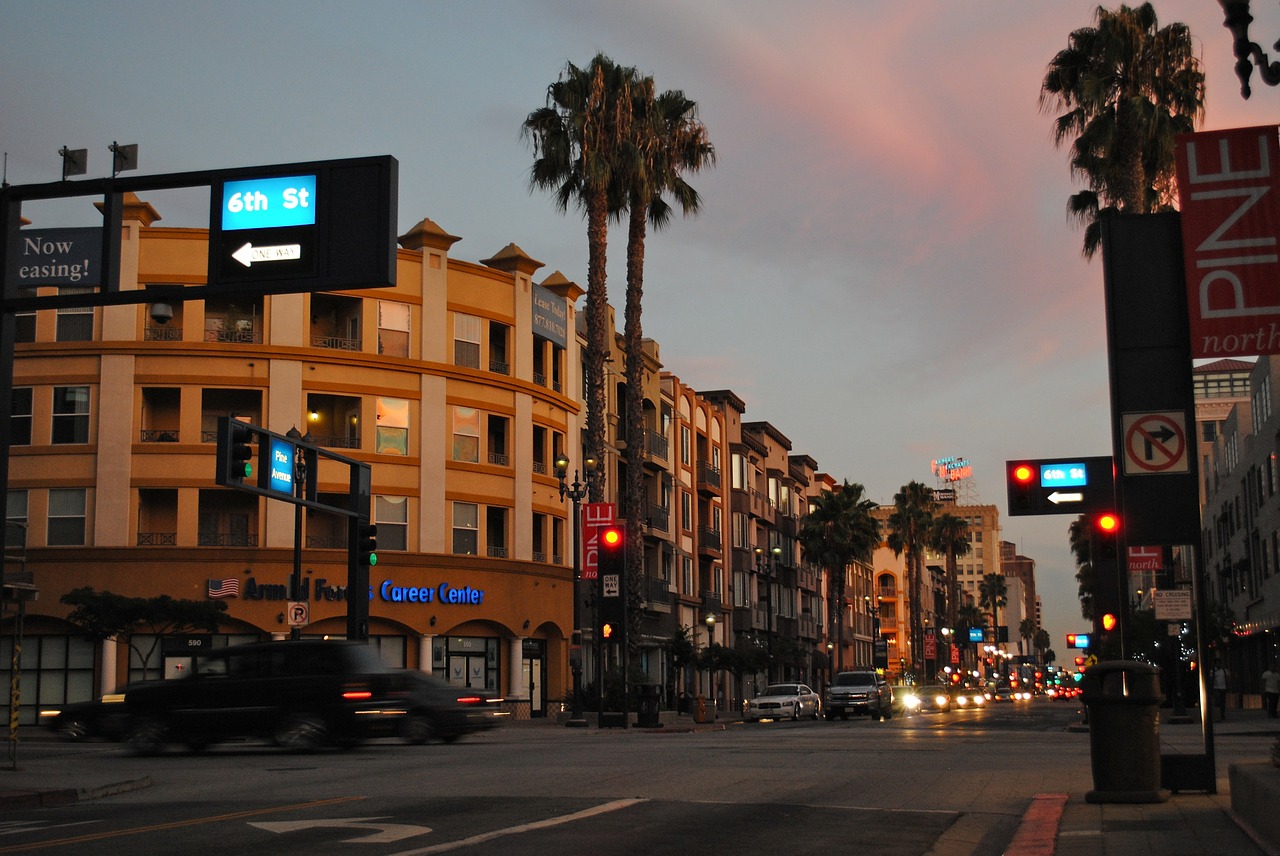As of January 2021, California has a new Homestead Exemption law. The new law takes into account the high real estate prices in California and the differences between counties.
Long Beach, CA – Many people would rather drown in debt rather than file for bankruptcy because they are afraid they’ll have to give up their homes. In California, you don’t have to worry about that. The state has one of the most generous Homestead Exemptions in the country and most of those who file for bankruptcy get to keep the place they call home, whether it is a single-family unit, a condo, or a state-of-the-art RV. If you’re wondering if this is possible, just sit down with knowledgeable lawyers and they’ll explain what you need to do.
Understanding California’s Homestead Exemption
As of January 2021, California has a new Homestead Exemption law. The new law takes into account the high real estate prices in California and the differences between counties.
Under the new law, the minimum equity protected when filing for bankruptcy is $300,000, while the maximum is $600,000.
Equity is the difference between what you owe on your mortgage and what your home is currently worth.
When you go to the Bankruptcy Court, the appointed trustee will first look at the median price of a home in the county where you’re filing. If the average home value exceeds $300,000 in your area, you get to protect an equity of at least that value. The downside is that you cannot get more than $600,000 in protected equity no matter how expensive houses in your county may be.
Keep in mind that these amounts are regularly adjusted for inflation so you should ask experienced Long Beach bankruptcy attorneys about that.
What are the requirements to use the Homestead Exemption?
That depends on the type of bankruptcy you’re filing for – Chapter 7 or Chapter 13. Chapter 7 is also known as liquidation bankruptcy as all your non-exempt assets will be sold to pay your debt.
On the other hand, under Chapter 13 none of your assets are sold. The trustee will set out a repayment program, for a duration of up to 5 years. During this time, your assets are protected against foreclosure or repossession, provided you keep up with the payments.

Remember that choosing the right type of bankruptcy is not a decision to be taken lightly. Keeping your house is important, but there are many other things to take into account. Do yourself a favor and consult with skilled California bankruptcy lawyers to understand the pros and cons of either procedure.
Keeping your house when filing under Chapter 7
If you file under Chapter 7, you must be up-to-date with your mortgage payments and keep paying even after filing for bankruptcy.
At the same time, the Homestead Exemption must cover all of your equity in your home. As an example, if your equity in the house is $250,000 you are protected even if the trustee applies the minimum of $300,000. Your house is safe.
If the Homestead exemption does not cover your home equity, you need to seek professional advice from well-versed Long Beach bankruptcy lawyers.
In such a situation, the trustee will deem the property non-exempt and proceed to sell the house. The money will be used to pay off your mortgage and then you’ll get the exemption amount, anywhere between $300,000 and $600,000. The remaining money, if any, will go towards paying other debts you have.
Tip: Since you’ll be dealing with lawyers and court clerks, now would be a good time to educate yourself a bit on legal matters.


Join the conversation!